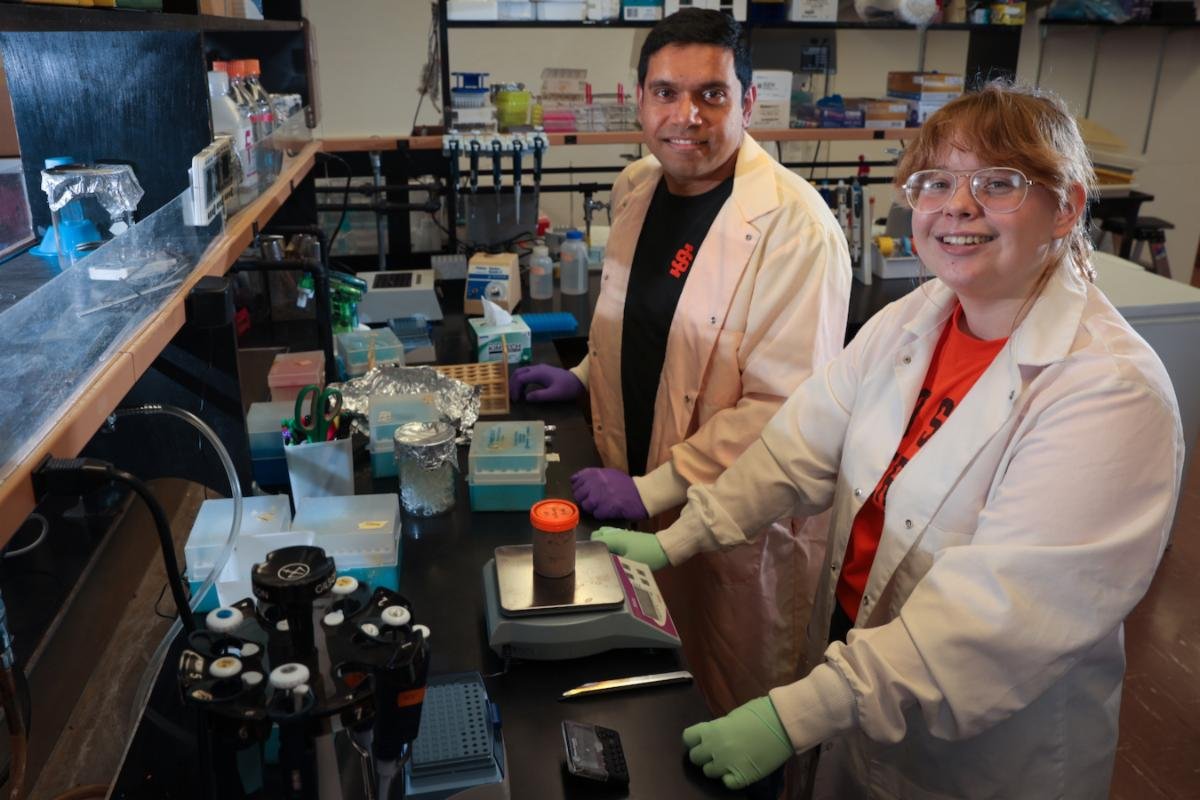ISU student wins NASA Idaho Space Grant Consortium Internship to research extremophiles in deep ocean

POCATELLO, Idaho (KIFI) – A summer research project by an Idaho State University student may give us some insight into what life might look like across the cosmos.
Recently, Rhys Ellis, a senior honors microbiology student from Boise, Idaho, was awarded a NASA Idaho Space Grant Consortium Summer Internship. Over the summer months, Ellis is analyzing samples of deep-sea sediments and uncovering what types of earth’s hardiest organisms - known as extremophiles - call these sediments home.
“To investigate whether life exists on other planets and where it can be found, we need to develop a better understanding of what kinds of life call Earth’s extreme habitats home,” Ellis said. “It’s theorized that life on this planet began with microbes in deep sea vents, so further understanding of how microbes in the deep sea make their living will provide valuable insights as to if similar conditions could support life elsewhere, especially in other planets which also contain oceans.”
Working in the lab of Anirban Chakraborty, assistant professor of geomicrobiology, Ellis will learn the tools of the trade when comes to studying microorganisms, including extracting and amplifying nucleic acids, analyzing DNA sequences, and culturing microbes that do not breathe oxygen.
“I am delighted that Rhys was awarded the NASA ISGC internship and am excited to work with him,” Chakraborty said. “These skills provide a great head start in building a successful career in research.”
The sediment samples were collected from the North Atlantic Ocean and Monterey Canyon, off the California coast. Monterey Canyon is the biggest underwater canyon on the west coast of the United States and reaches a depth of more than two miles. They were donated to Chakraborty by his collaborator and former supervisor, Casey Hubert, associate professor of biological sciences at the University of Calgary in Alberta, Canada.
“I’m excited to do this research because I’ve always wanted to do environmental microbiology research with water systems, and the deep ocean, in particular, has always been a source of intrigue for me,” Ellis said.
Once the internship is complete, Ellis plans to continue the research as an honors thesis project with the goal to publish his findings in a research paper. Looking beyond his undergraduate academic career, Ellis plans to earn his doctorate in microbiology.
“My dream career would be to investigate microbes within water systems and either continue to work with
extremophiles or address ecological issues related to microbial populations, such as pollution or waterborne diseases,” Ellis said.
